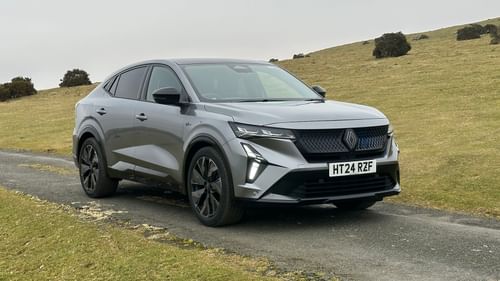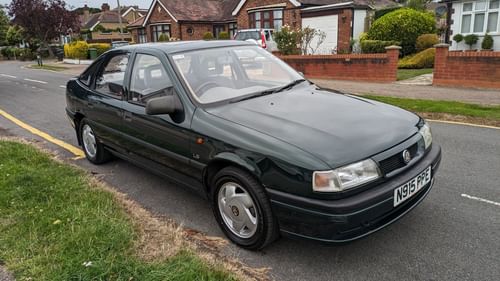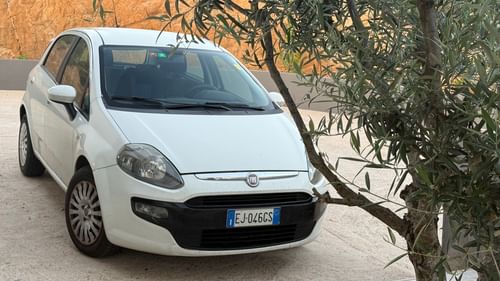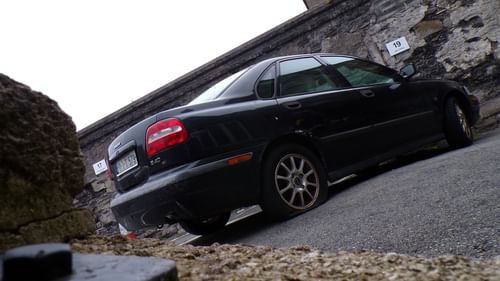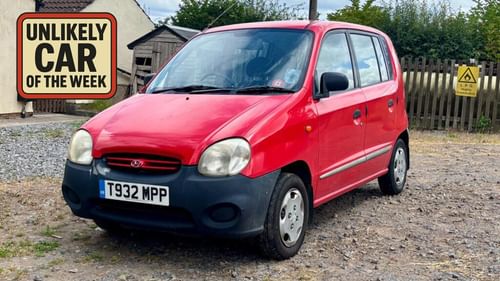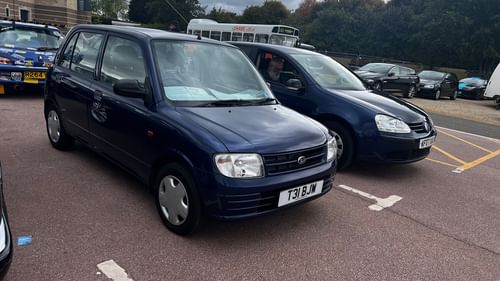
There’s a sense that we’re witnessing the death of the people carrier. From its birth in the 1980s, through its heyday in the 1990s, the MPV is facing a battle to remain relevant, crushed by the might of the SUV. Fashion over form; panache over practicality.
Few will mourn its passing, but after years of school run struggles, death by drive-thru unhappy meals and motorway misery, Sharan and her mates deserve a fitting tribute. Open the sliding doors, clamber into the third row and grab a milkshake, because these are six of our favourite people carriers. Still want that crossover?
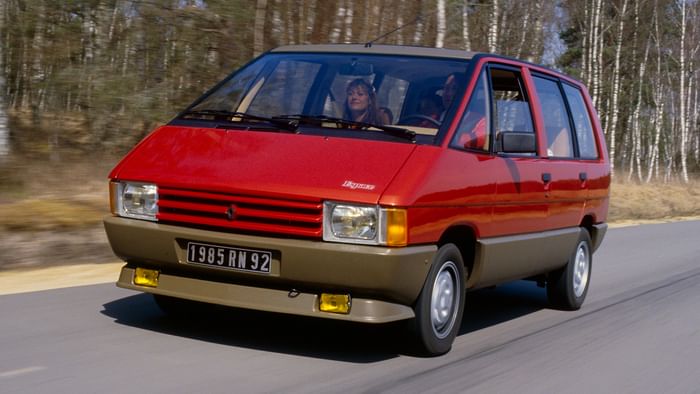
Renault Espace Mk1
Renault harboured ambitions of positioning the Espace as a low-volume, upmarket family vehicle. Initial production was set at 50 cars a month, but even that looked wildly optimistic when Renault reportedly sold just nine units in the first four weeks. It took a while for our eyes to adjust to something that looked like an Anglian conservatory with the face of a French TGV. Renault needn’t have worried, because sales were soon on track, as European buyers climbed aboard the people carrier train.

Toyota Space Cruiser
The F-type van-based Toyota Space Cruiser offered a few advantages over the Espace. It could carry up to eight people, so it was ideal if parents had enjoyed a bit too much free love in the 1970s. Then there was the nearside sliding door, which meant that kids could pretend that their dad was John “Hannibal” Smith. Finally, the name, which sounded like something from a George Lucas movie. ‘My parents own a Space Cruiser,’ sounded far more exotic than ‘my parents own an Austin Montego.’
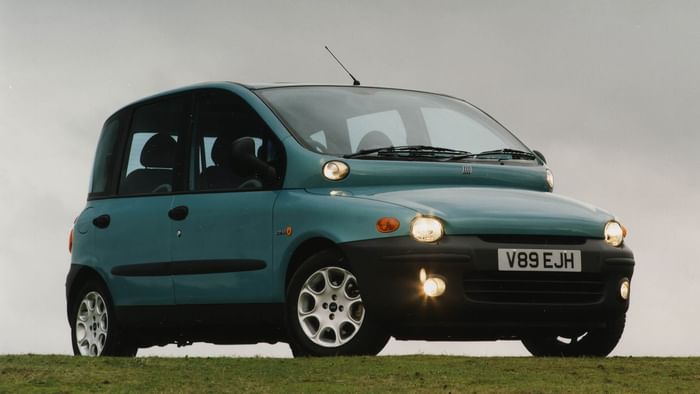
Fiat Multipla
‘Wait until you see the front.’ Fiat certainly read the room when it launched the Multipla to an unsuspecting British public in the year 2000. For two decades, we’ve been reading those terrible ‘ugliest cars’ clickbaity lists, often headlined by the Multipla. Beautiful, it wasn’t, but its Tinder profile would major on its bubbly personality, flexibility and pert figure. Based on the Bravo, but shorter in length, the Multipla could carry six adults in comfort, or four in limo-like space if you folded away the centre seats. We’d swipe right for the Multipla.
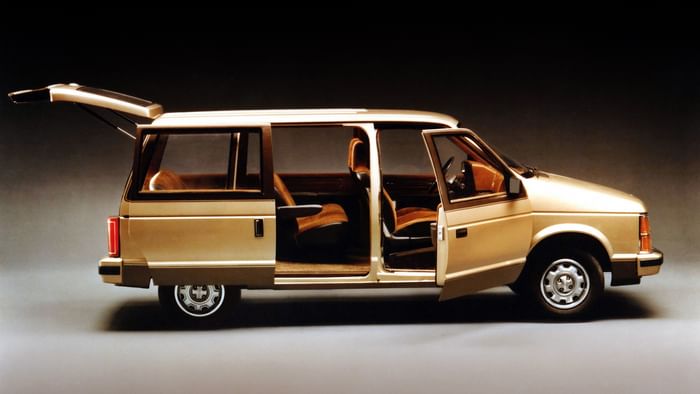
Chrysler minivans
While Matra was busying itself with what would become the Renault Espace, Chrysler was getting ready to transform the American family car market. At the launch of the Chrysler minivans in 1984, the then company chairman Lee A. Iacocca said: ‘I predict the [Plymouth] Voyager and [Dodge] Caravan will be to the ’80s what the Mustang was to the ’60s – vehicles that create extraordinary excitement and buyer interest and force other manufacturers to come up with copycat version.’ He had a point.
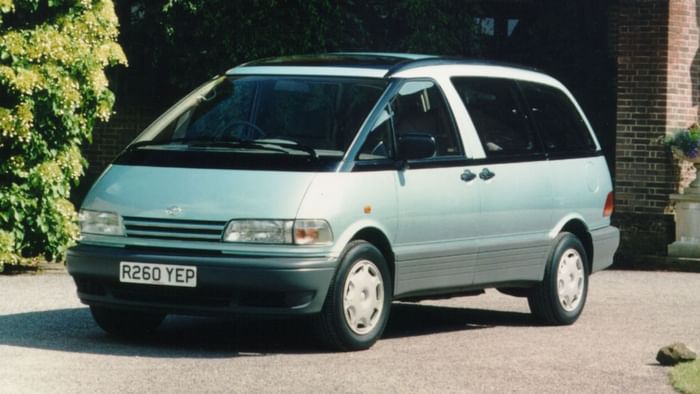
Toyota Previa
The Toyota Previa was the world’s first mid-engined people carrier, designed for Japanese mums and dads to get their kicks on the Hakone Turnpike. OK, so its midship installation between the front seats was for weight distribution and packaging purposes, but there’s something quite exciting about a mid-engined, rear-wheel drive Toyota from the 1990s. It looked and felt like a radical departure from the Space Cruiser, with styling that still looks contemporary today. A rear sliding door opened to reveal seating for eight in a 2/3/3 configuration.

Renault Espace F1
Yeah, yeah, the Ford S-Max might be good to drive, and the Vauxhall Zafira GSi might be ‘daddy cool’, but the Espace F1 is the sub-zero people carrier. Launched – and we do mean launched – in 1995 to celebrate a decade of the Espace, Renault and Matra shoehorned a 3.5-litre V10 engine from the Williams FW15C F1 car into a vehicle designed for the school run. Thanks to a mighty 778bhp, the four-seat Espace could hit zero to school gate in just 2.8 seconds.
This article first appeared in issue 2 of Classic.Retro.Modern. magazine.
